Exoplanets | ||||
Are we alone ? |  Automatic translation Automatic translation | Updated June 01, 2013 | ||
"Are we alone in the universe?". | Even if it is inside the star, it is not exactly in the center of it. The star therefore shows some variation caused by the presence of the planet. | 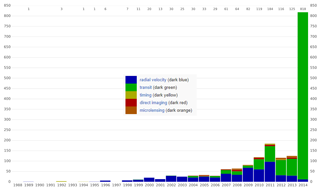 Image: number of exoplanets discovered since 1989 (file dated June 10, 2009). Note: Exoterra objects are covered with a crust, with a radius between 2.5 and 20 times that of Earth and operating within the habitable zone of the parent star. In this region, water could persist on the surface of the planet which would make the planet potentially habitable. | ||
Presence of planets | ||||
By measuring these variations, we can calculate the movement described by the star and to deduct the presence from it and the characteristics of the possible planets which accompany it. Image: Spectrography: Study of specters by means of a spectrograph, a device intended for the photographic recording of a brilliant specter. The spectrometry is the analysis of the specter of a radiation. The term radiation is to be taken in the broad sense, because he can involve a brilliant radiation, in a wider way an electromagnetic radiation, but also a mechanical wave as the sound or the seismic waves, or still particles.The movement of the dark lines in the specter of the star is the signature of the movement of the planet and the star around their centre of gravity. Credit: look-out observatory of Paris / ASM Emmanuel Pécontal | 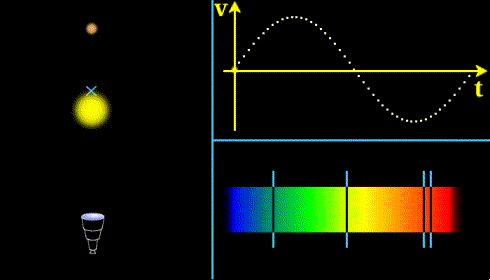 |
The hunting in exoplanets | ||||
The hunting in exoplanets thus consists in tracking down the oscillations of stars in the characteristics identical to the Sun. This hunting limits itself at the moment that to the gaseous giants witch turn around their star. More and more new stars are discovered with cyclic oscillations. Another characteristic of the presence of planets around a star is the variation of brightness of this star. When a planet walks past a star its brightness shows a small variation. This variation can reveal the size and the other characteristics of the planet. | A repeated cycle confirms a passage of object in front of the star. Image: Photo of Mercury passing in front of the Sun Among the bodies of the solar system large, only the Moon, Mercury and Venus can pass before the sun for an observer on earth. If, in the case of the phenomenon moon (solar eclipse) is common, it is not the same for Mercury and Venus with the phenomenon of passing before the sun is scarce. It is less than spectacular solar eclipse because the maximum apparent diameter of Mercury is about 1/200ème of the Sun and Venus is about 1/30th. | 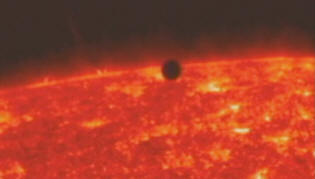 | ||
An unexpected discovery | ||||
Scientists are left in search of stars whose oscillation extends over a decade, as our Sun. | The formation of planets at a distance so close to the star (≈ 0.05 AU), requires that the temperature of the circumstellar protoplanetary disk is sufficiently low to allow condensation of rocky material, and a surface density high enough. Image: 51 Pegasi b, is a hot Jupiter. 51 Pegasi b, is much closer (0.05 AU) from its star as Jupiter and so its temperature is higher. | 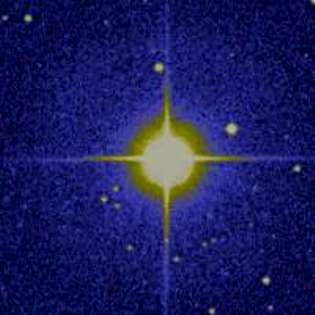 | ||
Importance of the giants | ||||
The quantity of dust and gas determines the size and the quantity of planets which are going to constitute from this disk. With a more important quantity of dust and gas: another giant builds up himself, in time the gravitational strength of the third planet perturbs the others. With a less important quantity of dust and gas, there is no gaseous giant, only smaller planets with stable circular orbit. Simulations by computer, formation of a solar system show a surprising characteristic. If we introduce the third giant into the solar system, the system becomes unstable and eventually loses one of the huge planets. | Graver still it also perturbs the planets of ground type which eventually absorb by the central sun. It shows that the mass of gases and matter of the nebula has a vital importance for the suite of the evolution. If there is less dust and gas, certain researchers think that the life cannot abound there because it is Jupiter which protected our planet. | The objects which change orbit and which goes to the center undergo the attraction of Jupiter. This attraction is so big as these objects are absorbed. Jupiter has guard's role for our ground world. These giants in borders of the systems thus behave as shields preventing the collisions with the planets of ground type. Instead of occurring all 60 000 000 of years, the collisions would occur every 60 000 years, only a microscopic life could then develop there. | ||
Simulation of the third giant in a system | It follows itself a disturbance of orbits | The disturbance is more and more big | ||
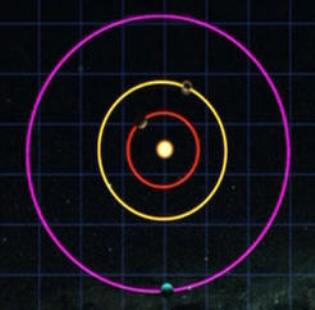 |  | 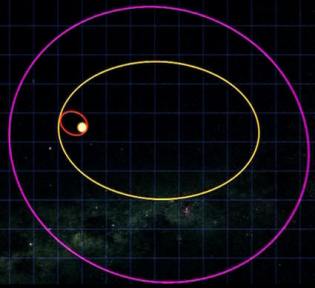 | ||
... until eject a giant | ||||
An incredible chance... | 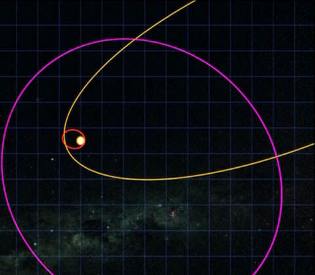 | List of the known exoplanets. |
"The data available on this site may be used provided that the source is duly acknowledged."



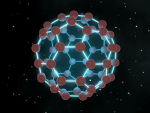 Discovery of solid buckyballs
Discovery of solid buckyballs
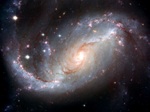 Are we alone in the universe ?
Are we alone in the universe ?
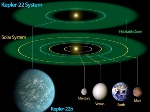 Kepler 22b, a small exoplanet in the habitable zone of Kepler 22
Kepler 22b, a small exoplanet in the habitable zone of Kepler 22
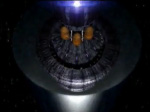 Rama, extraterrestrial ship
Rama, extraterrestrial ship
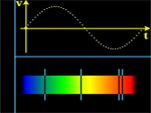 Detection of exoplanets
Detection of exoplanets
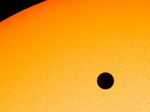 Cheops, characteristics of exoplanets
Cheops, characteristics of exoplanets
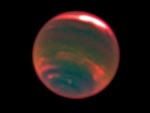 Mini-Neptunes or gas dwarfs
Mini-Neptunes or gas dwarfs
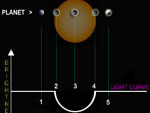 Turn off the stars and see the exoplanets
Turn off the stars and see the exoplanets
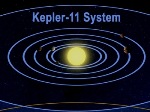 Discovery of 6 Earth-sized planets
Discovery of 6 Earth-sized planets
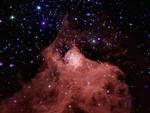 Four or five stars are born every year
Four or five stars are born every year
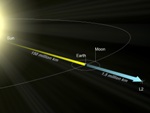 JWST, the end of the dark ages
JWST, the end of the dark ages
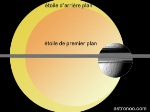 Hundreds of billions of planets
Hundreds of billions of planets
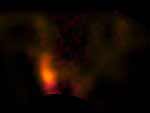 Protoplanet around the star HD100546
Protoplanet around the star HD100546
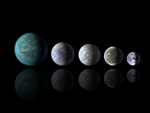 Two new planetary systems
Two new planetary systems
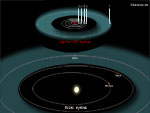 The habitable zone of the Kepler-186 system
The habitable zone of the Kepler-186 system
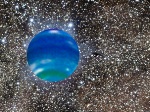 Billions of floating planets
Billions of floating planets
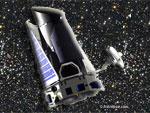 Kepler space telescope in search of life
Kepler space telescope in search of life
 Liquid water, accelerator of chemical reactions
Liquid water, accelerator of chemical reactions
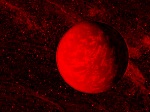 55 Cancri e, the diamond planet
55 Cancri e, the diamond planet
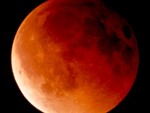 Ashen light, the proofs of life
Ashen light, the proofs of life
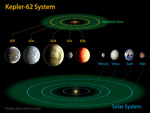 Number of candidate and confirmed exoplanets
Number of candidate and confirmed exoplanets
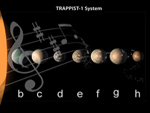 Trappist or the harmony of the cosmos
Trappist or the harmony of the cosmos